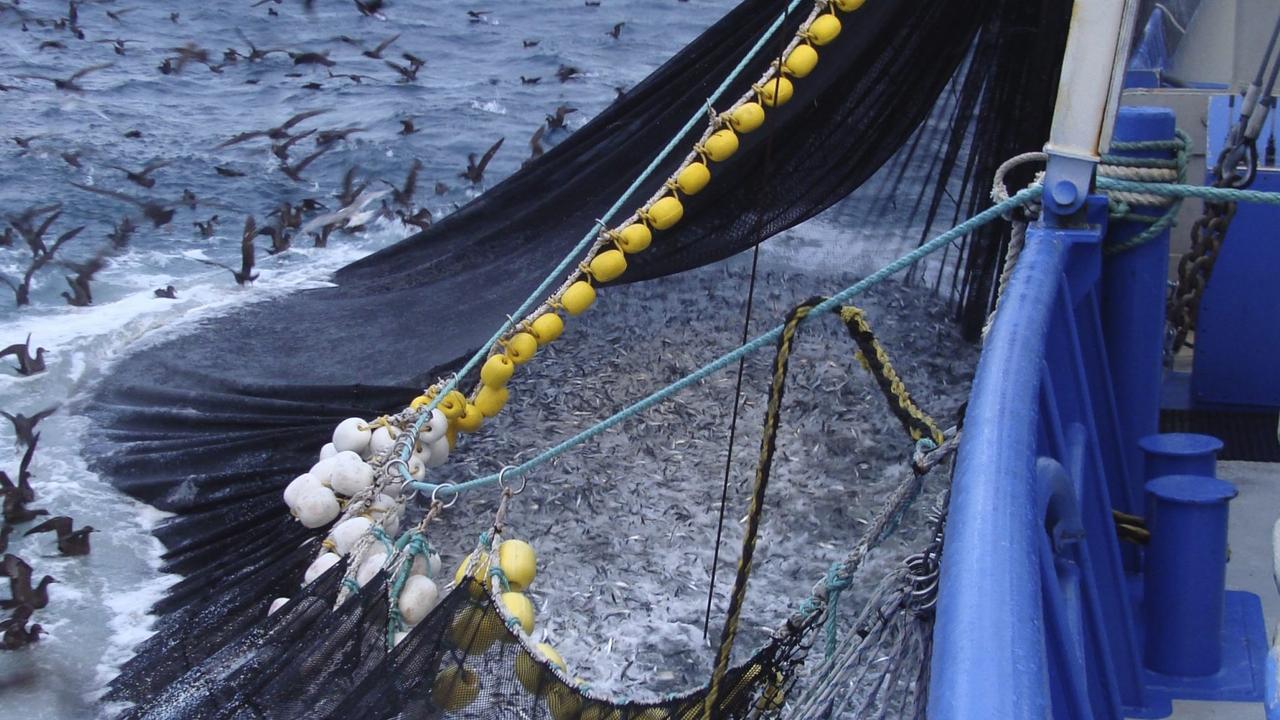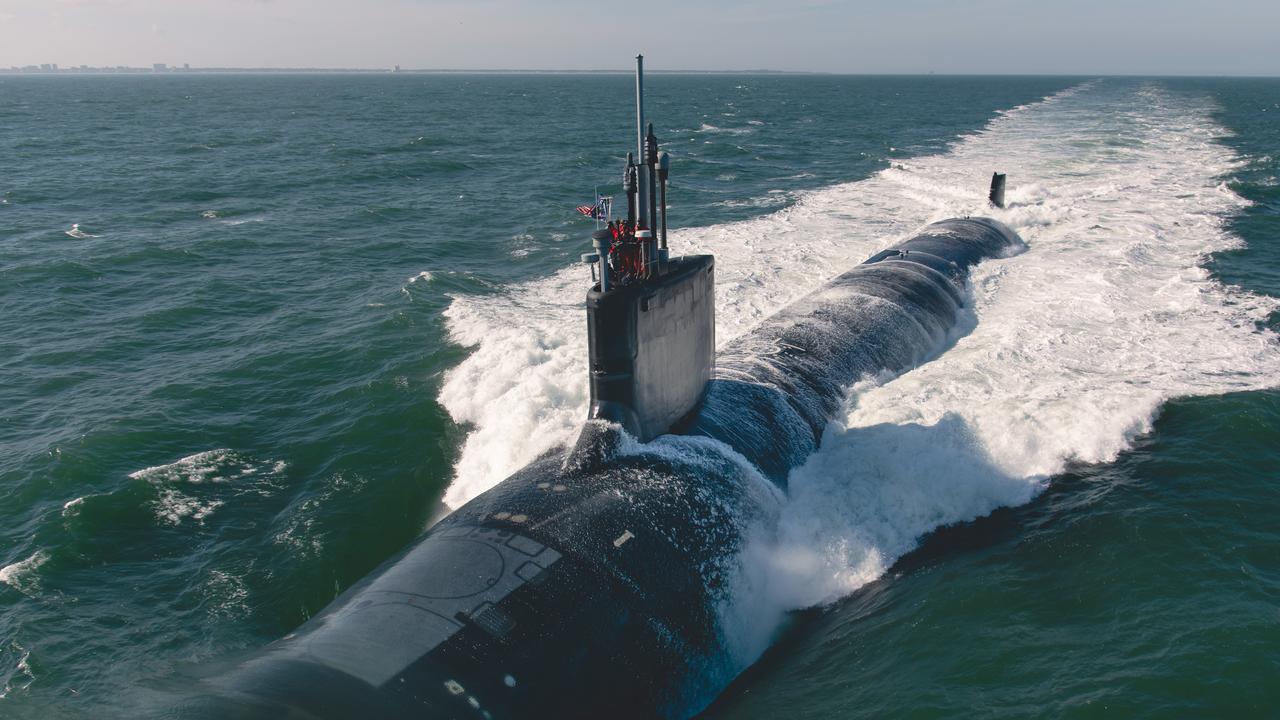Building code ‘failing Australians’ over bushfire protection
The National Building Code is “failing” Australians when it comes to bushfires with up to one million homes in bushfire-prone areas having little or no fire protection.
The National Building Code is “failing” Australians when it comes to bushfires with up to one million homes in bushfire-prone areas having little or no fire protection, the Royal Commission into Natural Disasters has heard.
Insurance Council of Australia’s head of risk and operations Karl Sullivan told the inquiry on Wednesday that building standards should be lifted in response to more extreme fire weather across the nation.
Mr Sullivan gave evidence that while Australia‘s national construction code was admired around the world, it was “failing the community in one aspect”.
“That is it doesn’t stipulate a performance outcome for protecting the property, except to the extent that that property protection would save life,” Mr Sullivan said.
“We think it is time with the changing climate for the National Construction Code to step up and start providing a minimal level of property protection in new builds.”
Mr Sullivan said lifting building codes would ease insurance costs and stop premiums becoming unaffordable in disaster-prone areas.
“It’s important though that insurers charge to the risk. We are highly prudentially regulated in Australia to prevent collapses,” he said. “So we’ve been working with governments, successive governments now to look at the range of solutions there.”
It was heard that ninety per cent of buildings in bushfire-prone areas were built before more stringent bushfire regulations came in with homeowners not required to retrospectively upgrade the safety standards of their property to the level required for new homes or those requiring significant renovations.
“The key problem is the legacy of past decisions and planning that has permitted houses with little or no protection against bushfire or other natural emergencies or disaster,” Australian Institute of Architects member Nigel Bell said.
He gave evidence the cost of trying to retrofit a property to meet those standards was usually higher than demolition or even trying to build a “marginally safer” house.
Insurance data showed 99 per cent of homes destroyed or damaged last bushfire season were located on or within 500 metres of land declared as bushfire prone.
74 per cent were built before the introduction of the national bushfires construction standard.
Bushfire Building Council chief executive Kate Cotter said bushfire risk maps relied on by planning officials were not foolproof.
It was heard 10 per cent of properties lost to blazes in the Shoalhaven area of south-eastern NSW were not required to rebuild to better building regulations.
“So that’s failed on a number of fronts to have the house built to the standards in the first place and then also to build back better,” she said.
Ms Cotter said the fact fire maps didn’t take the risk of ember attacks or house-to-house ignition into account was making it more difficult for people to assess their level of risk.



